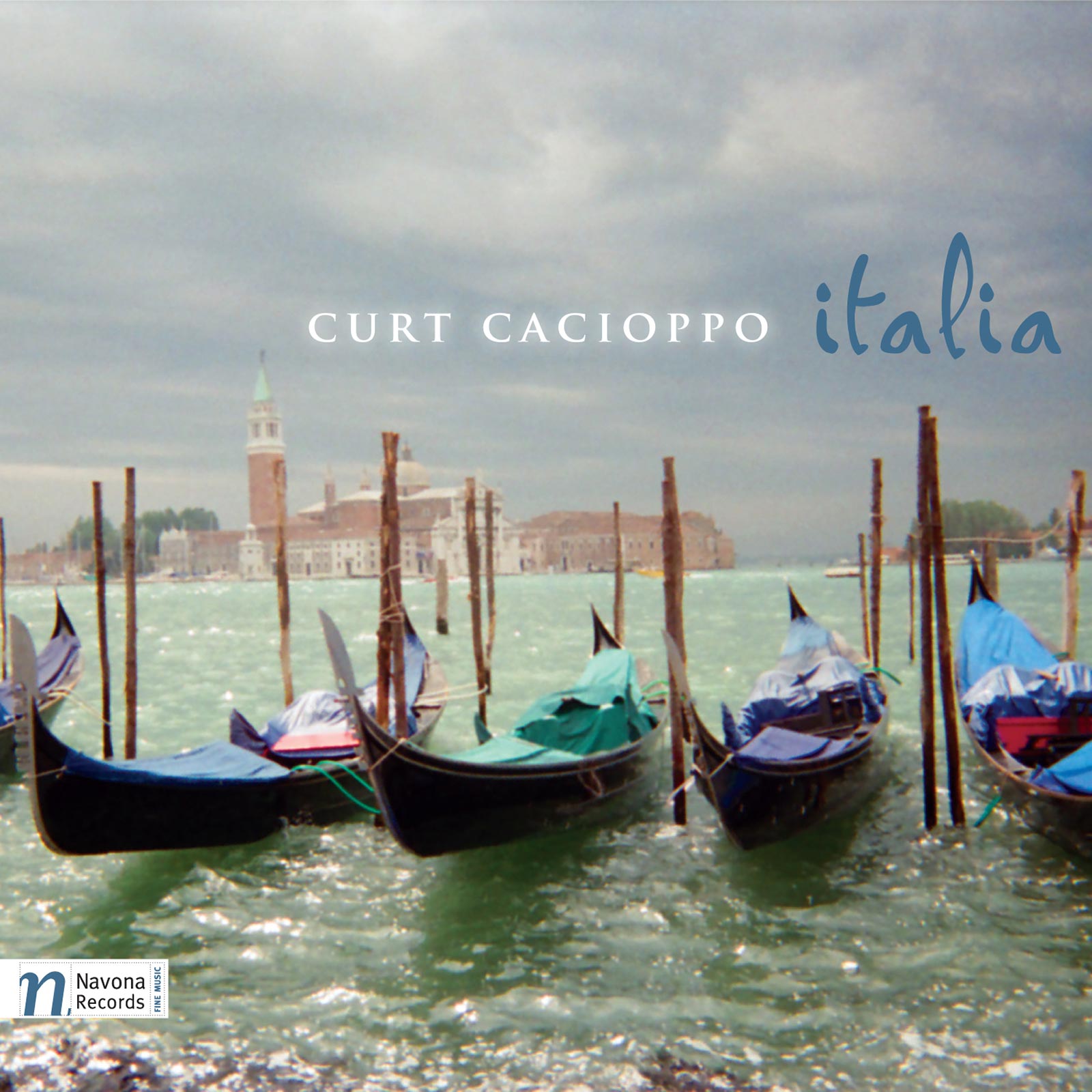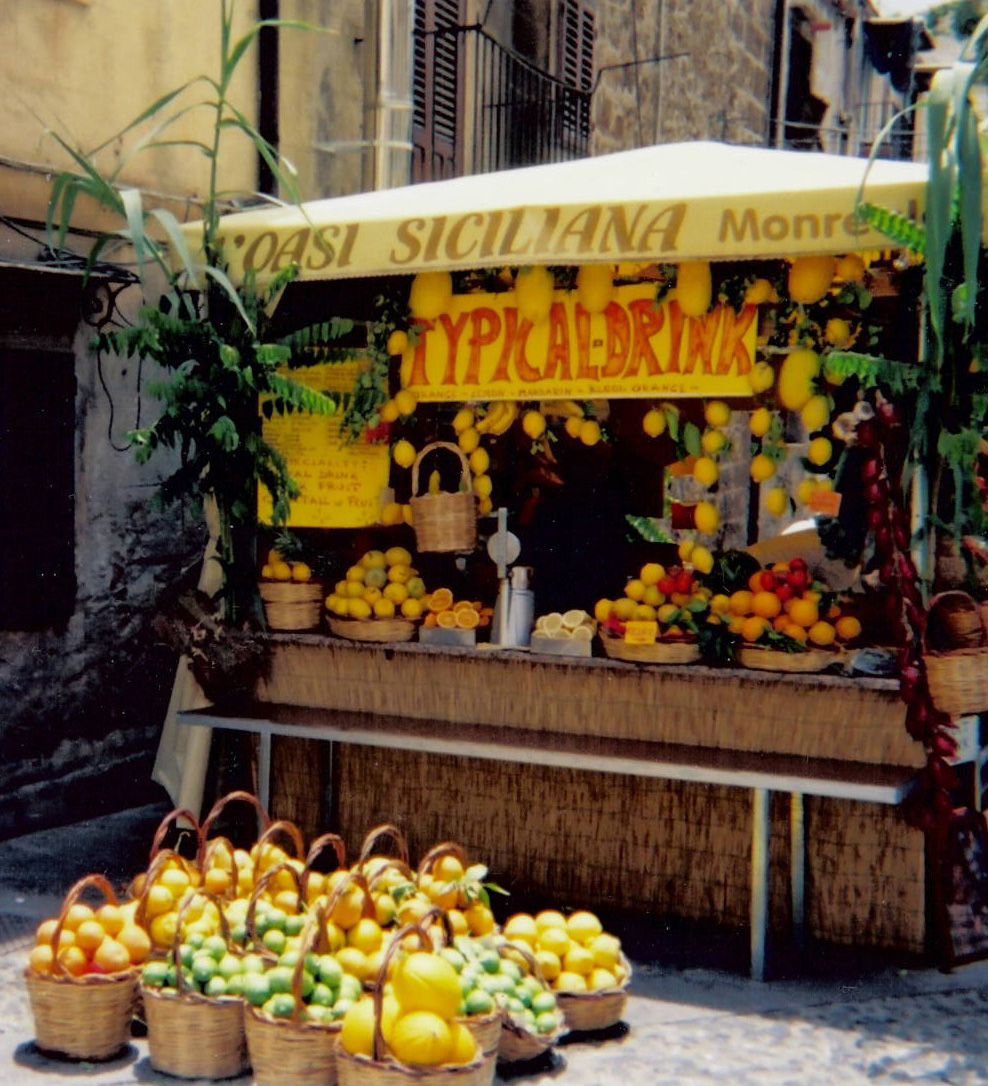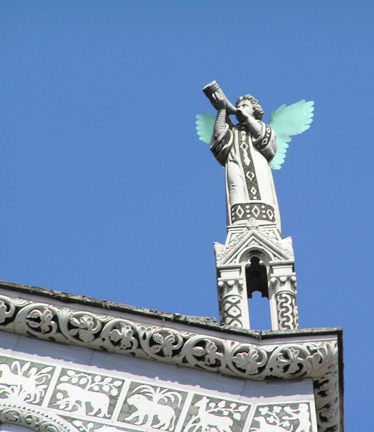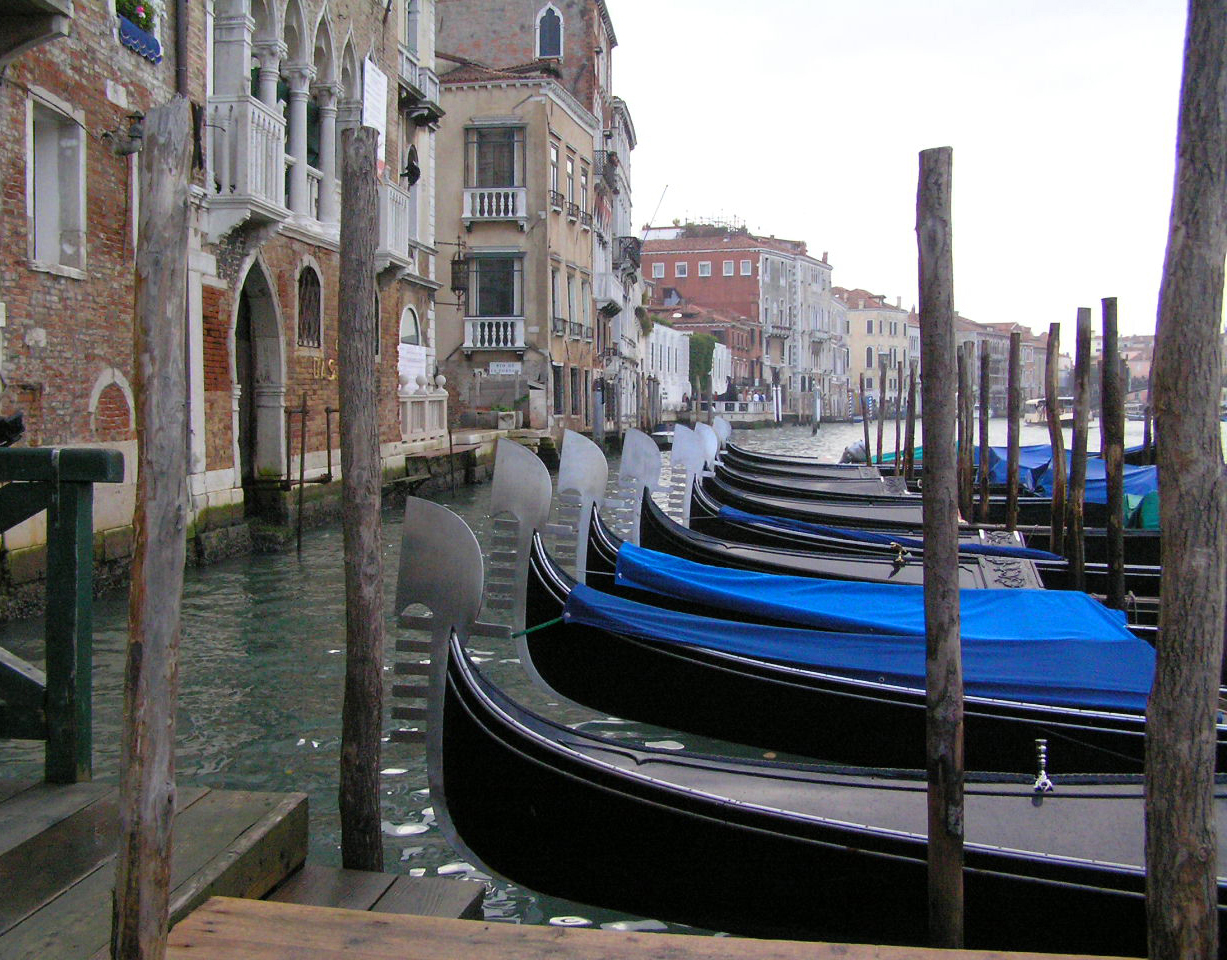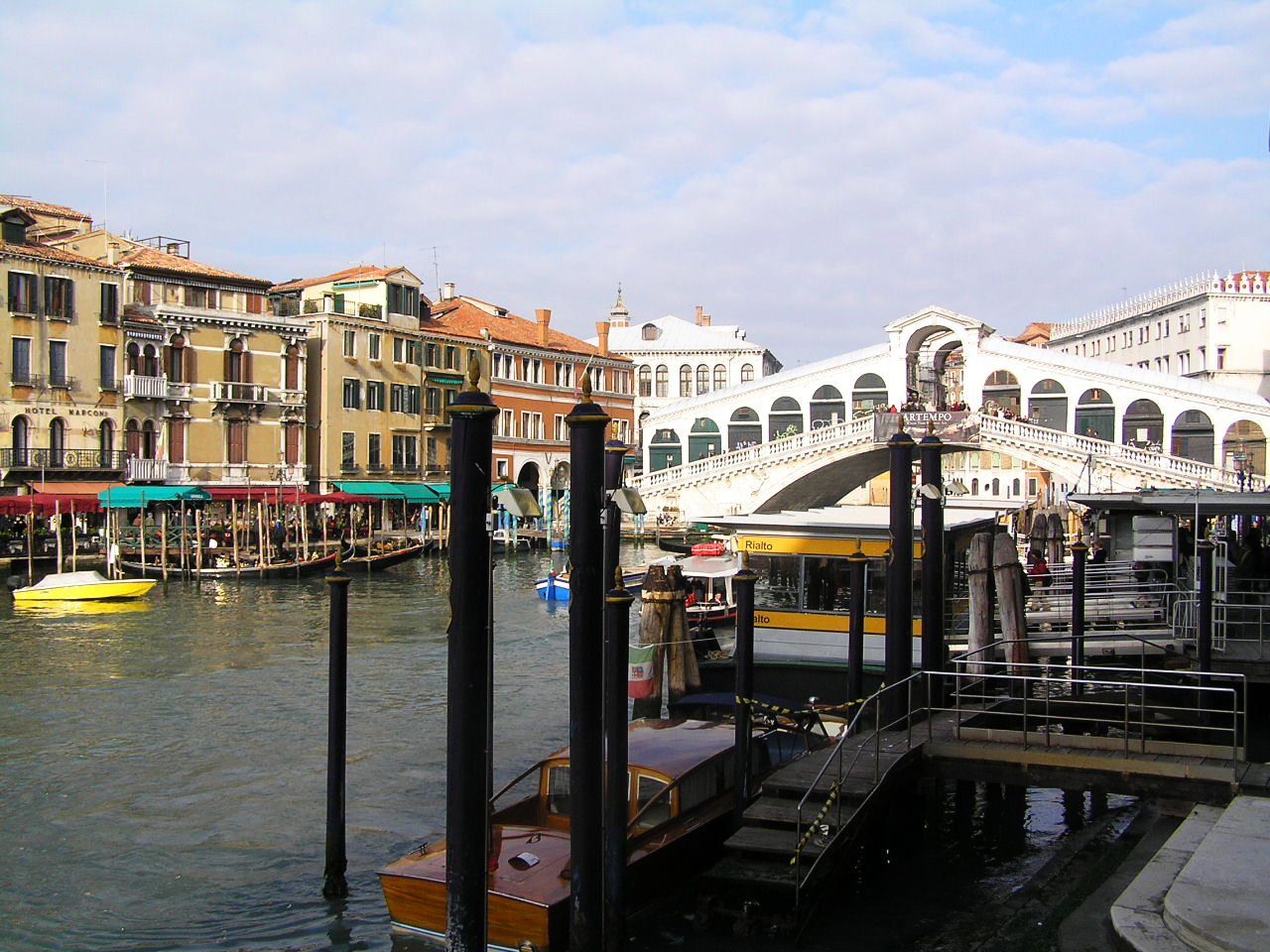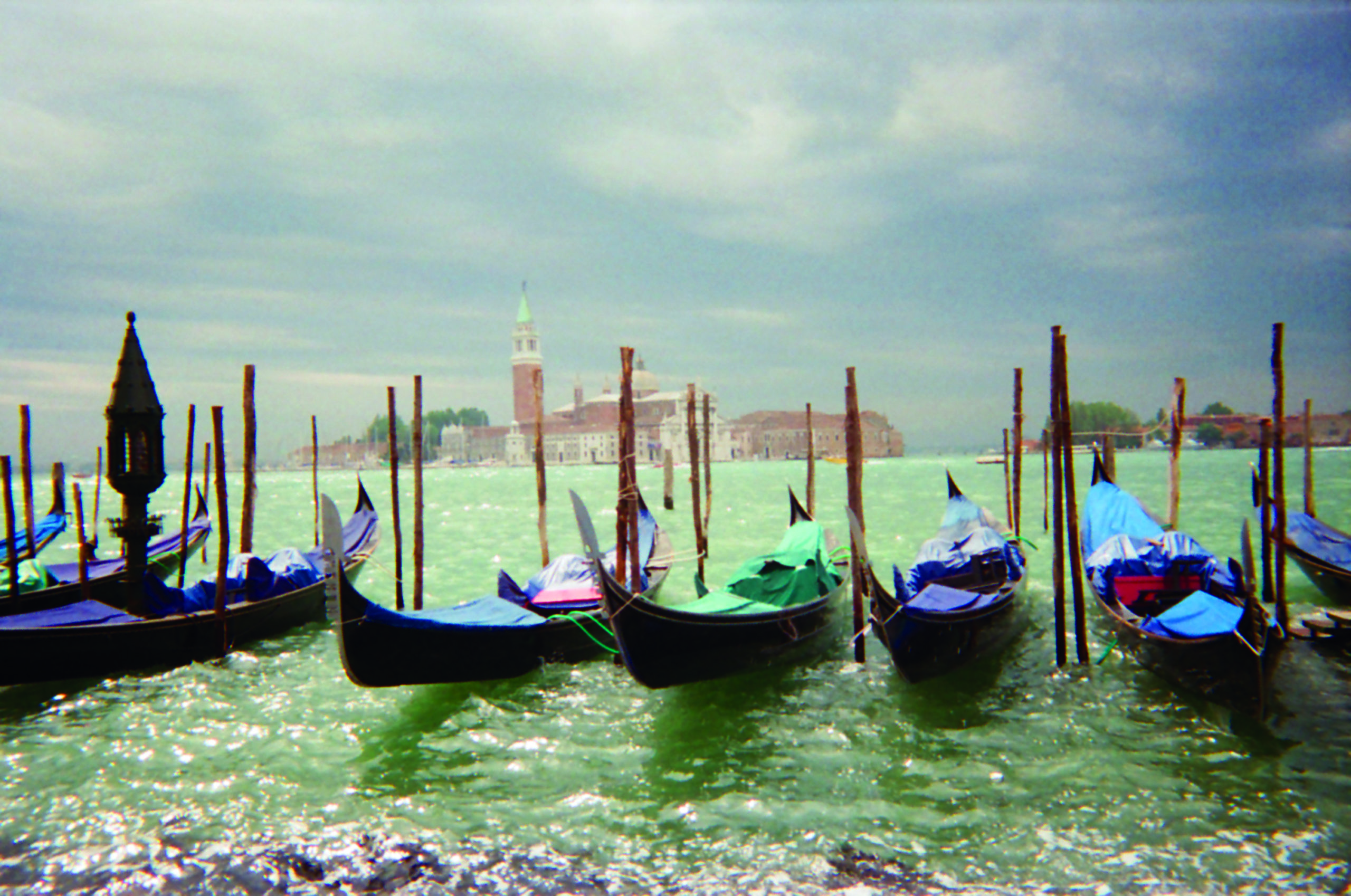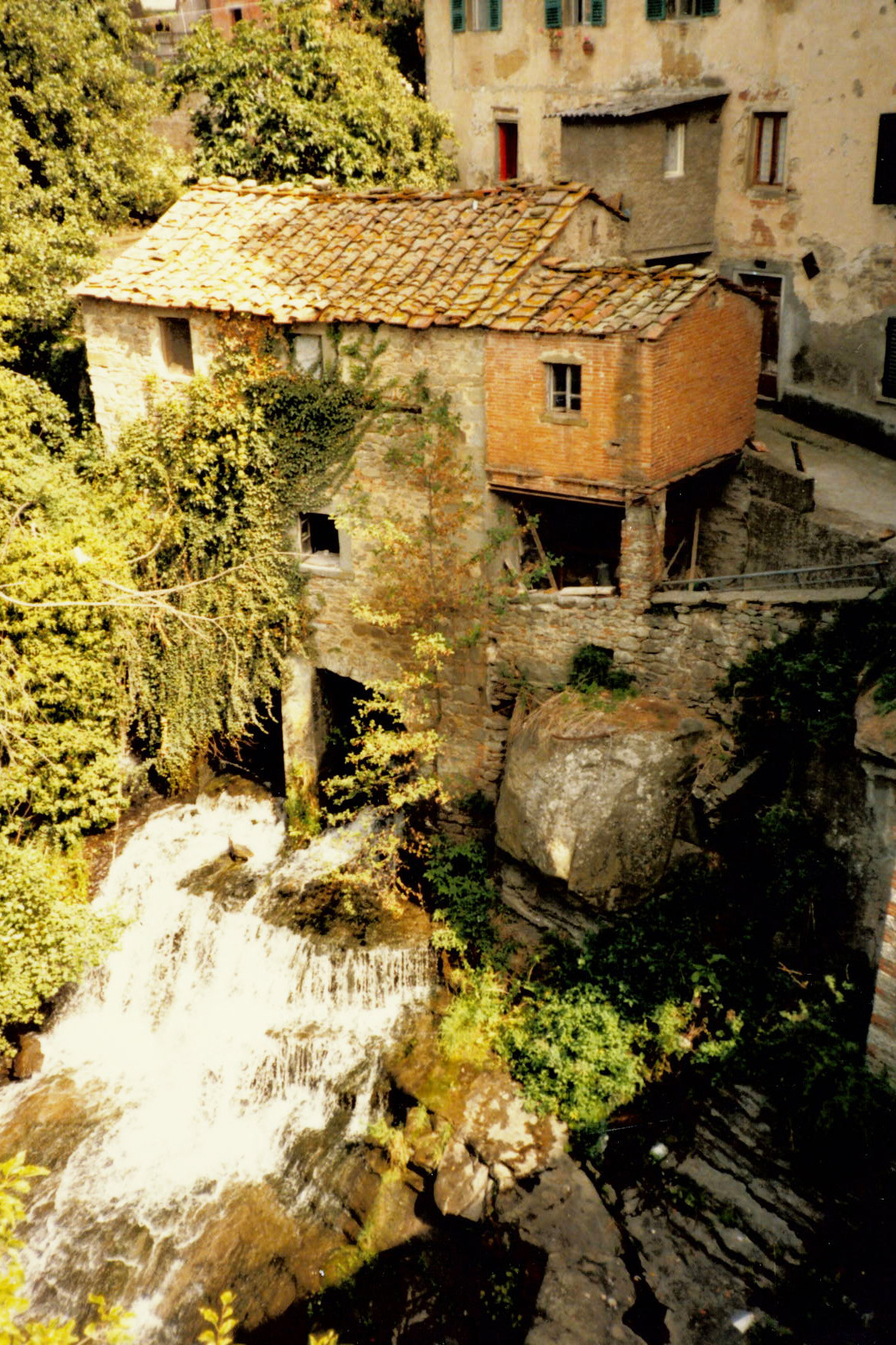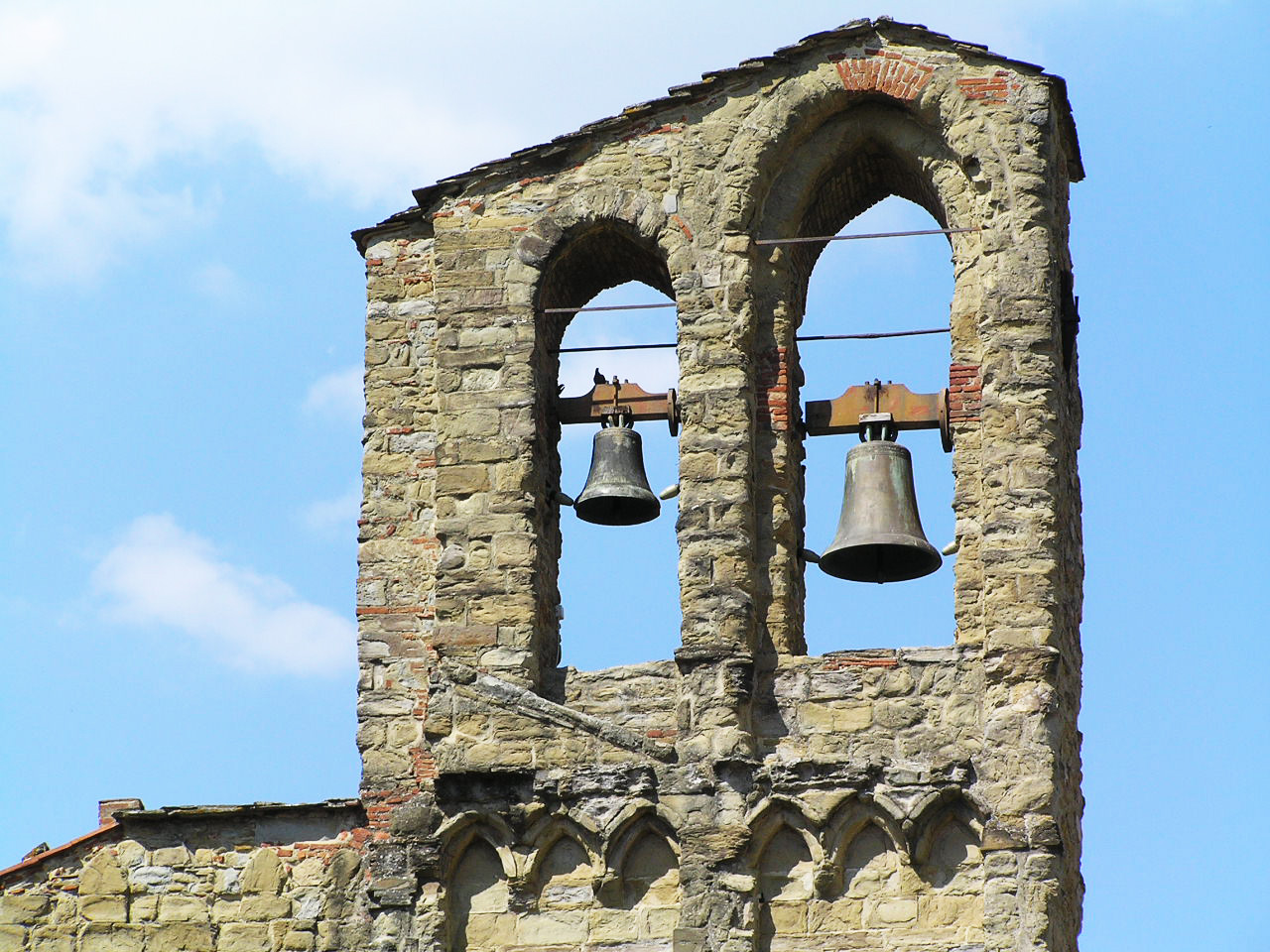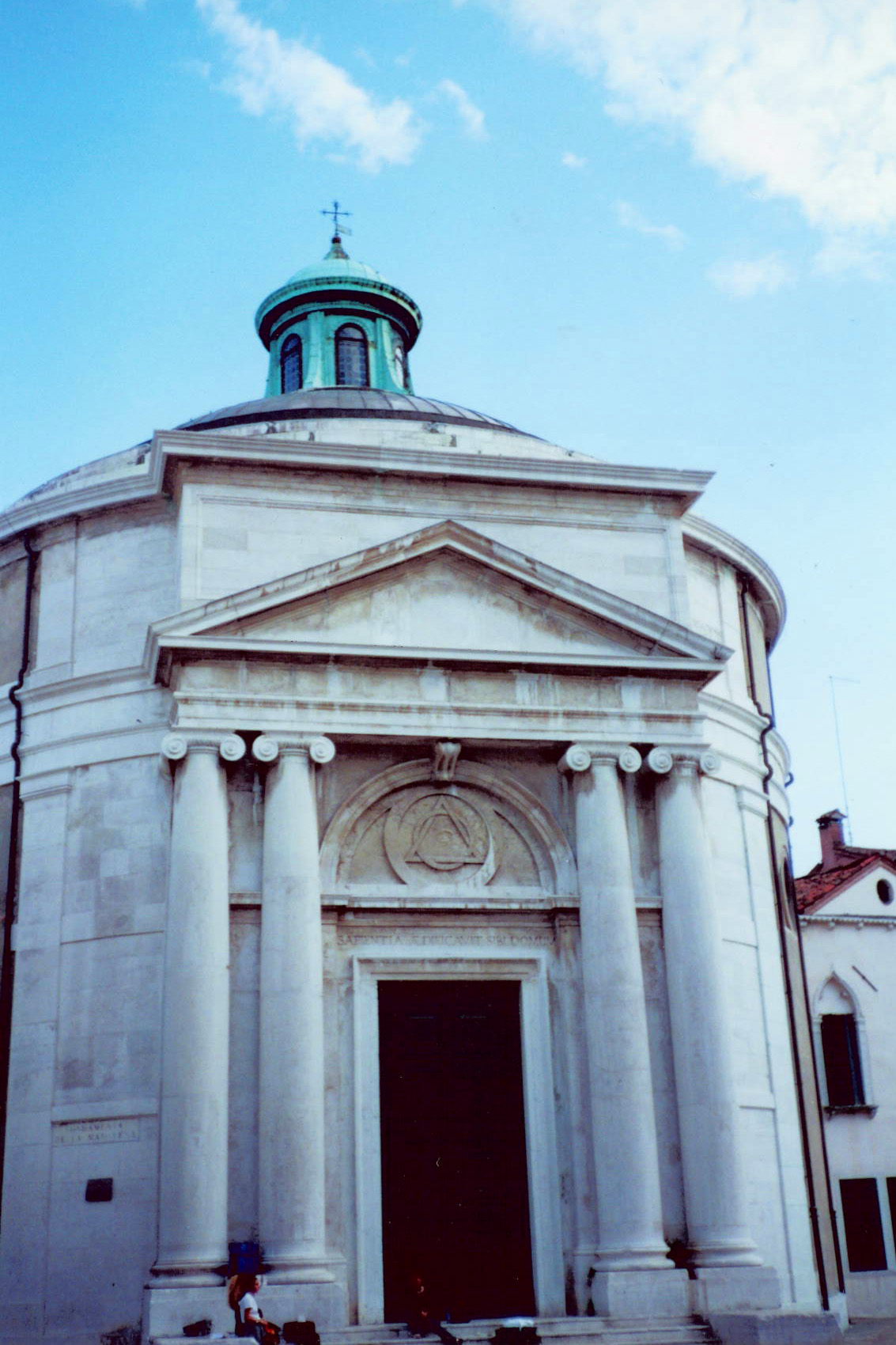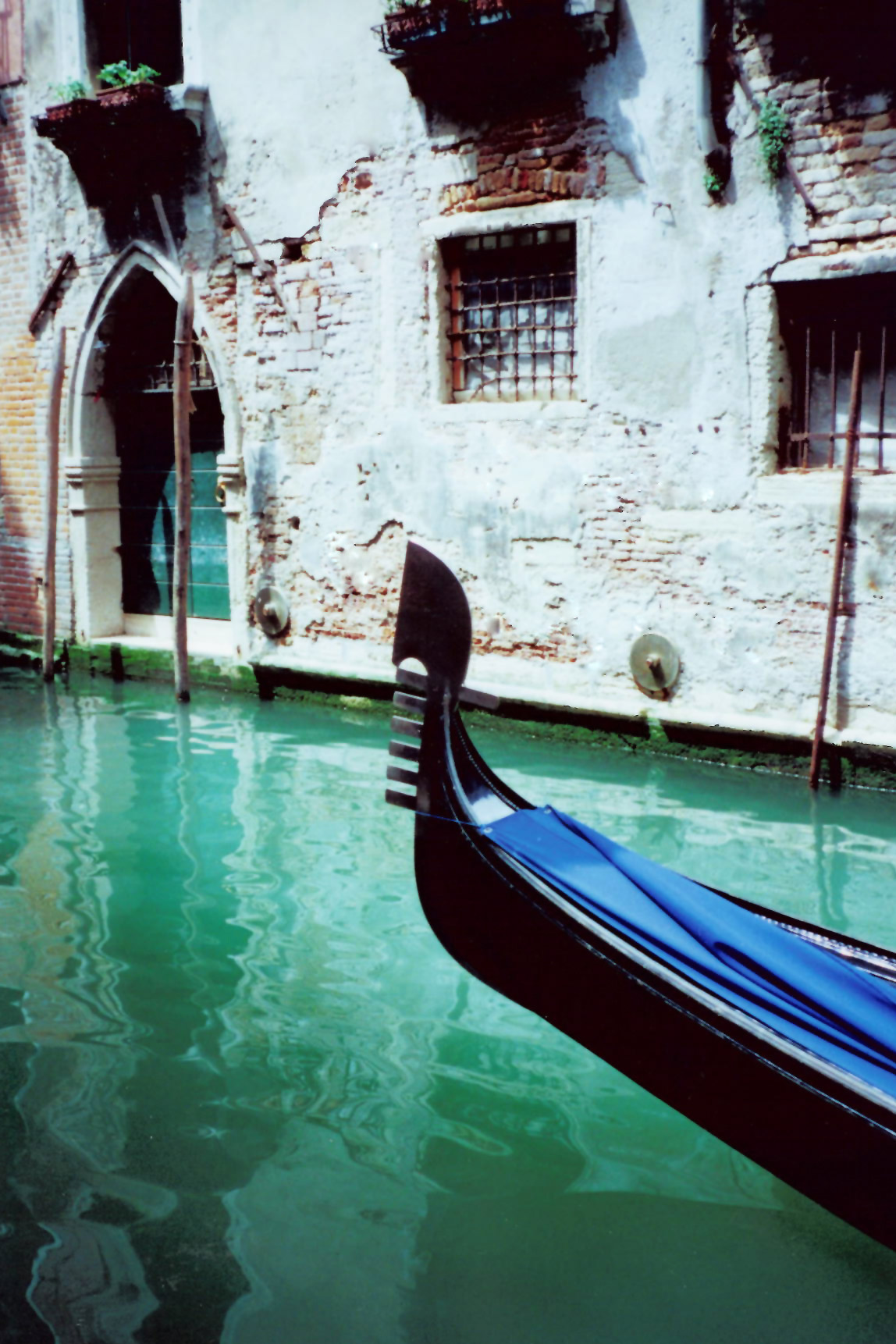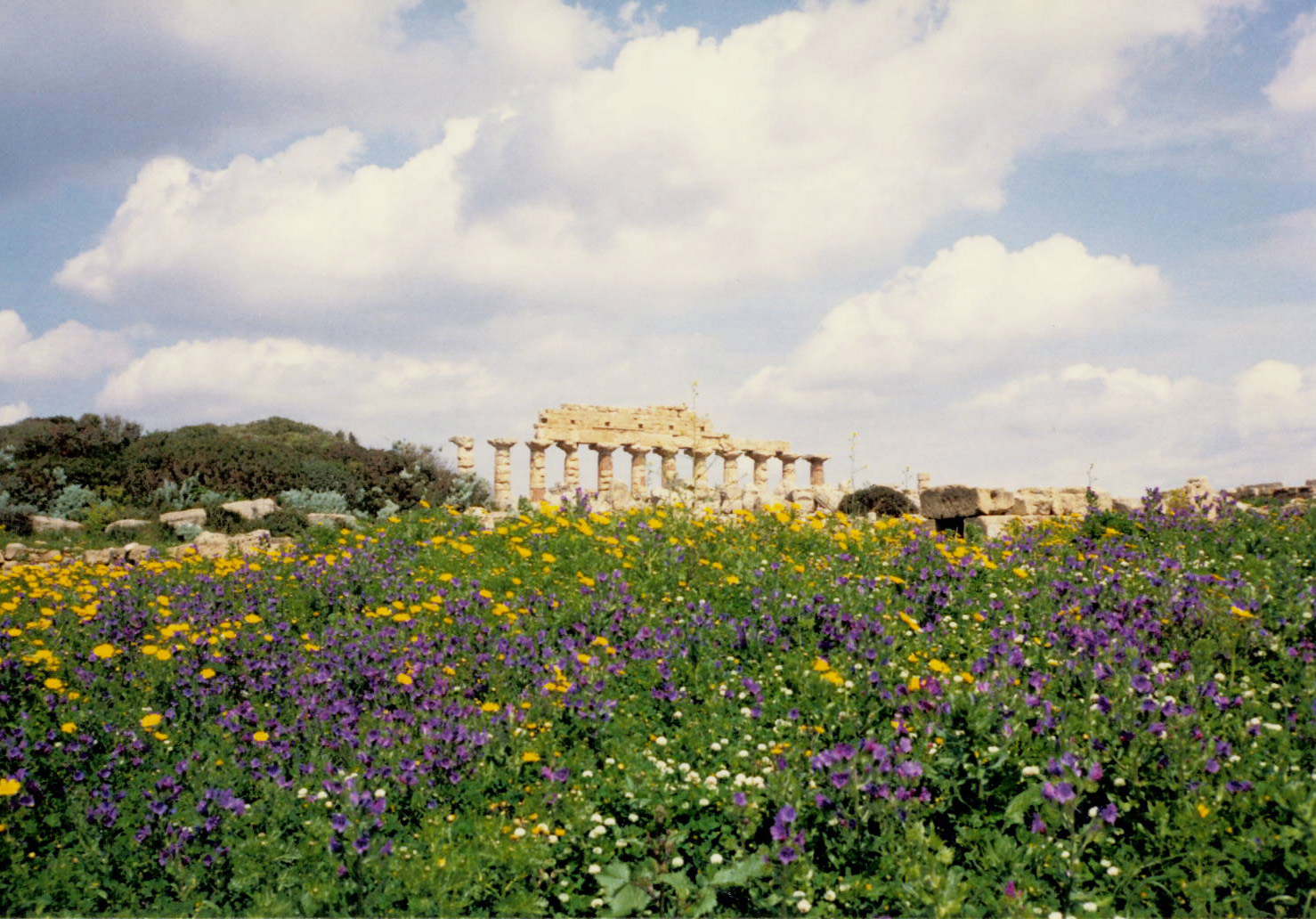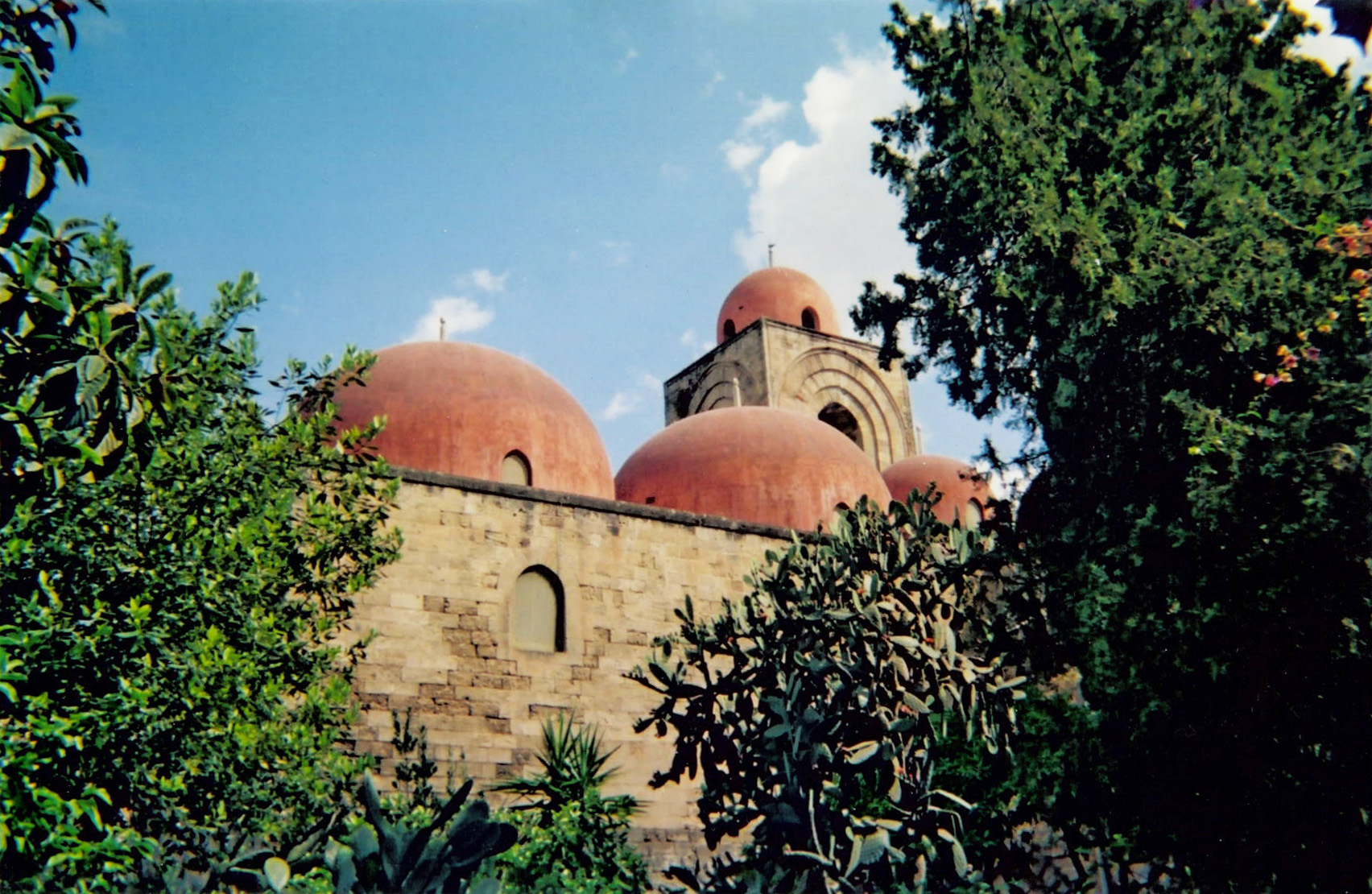Italia
Curt Cacioppo composer
Listen
Track Listing & Credits
| # | Title | Composer | Performer | |
|---|---|---|---|---|
| 01 | Impressioni venexiane (Impressions of Venice): Sunrise over St. Mark’s (aerial view) | Curt Cacioppo | Quartetto d'Archi di Venezia | 2:40 |
| 02 | Impressioni venexiane (Impressions of Venice): Song of the Serenissima | Curt Cacioppo | Quartetto d'Archi di Venezia | 2:28 |
| 03 | Impressioni venexiane (Impressions of Venice): The Quadriga | Curt Cacioppo | Quartetto d'Archi di Venezia | 2:31 |
| 04 | Impressioni venexiane (Impressions of Venice): Reflection of flames on wet pavement (Piazza S. Marco) | Curt Cacioppo | Quartetto d'Archi di Venezia | 3:09 |
| 05 | Impressioni venexiane (Impressions of Venice): Simbolo (Over the Entrance to the Chiesa di S. Maria Madalena) | Curt Cacioppo | Quartetto d'Archi di Venezia | 0:22 |
| 06 | Impressioni venexiane (Impressions of Venice): Canzona popolare "Venezia mia!" | Curt Cacioppo | Quartetto d'Archi di Venezia | 4:31 |
| 07 | Impressioni venexiane (Impressions of Venice): Napping on Attila's throne (Torcello) | Curt Cacioppo | Quartetto d'Archi di Venezia | 6:39 |
| 08 | Impressioni venexiane (Impressions of Venice): Campo dei Mori (Palazzo Mastelli) | Curt Cacioppo | Quartetto d'Archi di Venezia | 2:21 |
| 09 | Impressioni venexiane (Impressions of Venice): The Ghetto | Curt Cacioppo | Quartetto d'Archi di Venezia | 1:59 |
| 10 | Impressioni venexiane (Impressions of Venice): Sunset on the banks of Lido (vespers from S. Giorgio - cantilena) | Curt Cacioppo | Quartetto d'Archi di Venezia | 2:35 |
| 11 | Impressioni venexiane (Impressions of Venice): Reprise | Curt Cacioppo | Quartetto d'Archi di Venezia | 4:16 |
| 12 | Sulla Via Dei Sette Ponti (On The Road of the Seven Bridges): Getreidegasse Nr. 9 | Curt Cacioppo | Matthew Bengtson, piano | 1:56 |
| 13 | Sulla Via Dei Sette Ponti (On The Road of the Seven Bridges): Lo studio | Curt Cacioppo | Matthew Bengtson, piano | 1:42 |
| 14 | Sulla Via Dei Sette Ponti (On The Road of the Seven Bridges): Capriccio leggendario | Curt Cacioppo | Matthew Bengtson, piano | 3:18 |
| 15 | Sulla Via Dei Sette Ponti (On The Road of the Seven Bridges): Bagatelle | Curt Cacioppo | Matthew Bengtson, piano | 2:49 |
| 16 | Sulla Via Dei Sette Ponti (On The Road of the Seven Bridges): Apparition | Curt Cacioppo | Matthew Bengtson, piano | 1:17 |
| 17 | Sulla Via Dei Sette Ponti (On The Road of the Seven Bridges): Amusement | Curt Cacioppo | Matthew Bengtson, piano | 1:34 |
| 18 | Sulla Via Dei Sette Ponti (On The Road of the Seven Bridges): Old Swedes (piccola fantasia su "Santa Lucia") | Curt Cacioppo | Matthew Bengtson, piano | 2:42 |
| 19 | Sulla Via Dei Sette Ponti (On The Road of the Seven Bridges): Reflection | Curt Cacioppo | Matthew Bengtson, piano | 2:48 |
| 20 | Colomba Scarlatta Della Libia (Red Dove of Libya): Prelude ericeen | Curt Cacioppo | Network for New Music Ensemble | 4:36 |
| 21 | Colomba Scarlatta Della Libia (Red Dove of Libya): Melodrama and Ayre | Curt Cacioppo | Network for New Music Ensemble | 10:20 |
| 22 | Colomba Scarlatta Della Libia (Red Dove of Libya): Processional Dance | Curt Cacioppo | Network for New Music Ensemble | 6:39 |
Impressioni venexiane (Impressions of Venice)
Andrea Vio, violin
Alberto Battiston, violin
Luca Morassutti, viola
Angelo Zanin, cello
Recorded May 20, 2009, Preganziol (TV), Italy
Sulla Via dei Sette Ponti (On the Road of the Seven Bridges)
Recorded June 1, 2009, Haverford, PA, USA
Colomba scarlatta della Libia (Red Dove of Libya)
David Cramer,* flute
Kimberly Rowe, harp
Robert Kesselman,* contrabass
Angela Zator Nelson,* percussion
*Curt Cacioppo, celesta
*Lily Press, voice overs
*member of The Philadelphia Orchestra
Recorded June 1, 2009, Haverford, PA, and November 14, 2009, Orleans, MA, USA
All works are registered with BMI and published by the Orenda Press.
Instruments on this recording:
Impressioni venexiane (Impressions of Venice)
Primo Violino: Santo Serafino 1740 Fondazione Pro Canale Onlus di Milano
Secondo Violino: Giulio Degani Venezia 1912
Viola: Roberto Regazzi Bologna 1988
Violoncello: Marcello Giovanni Battista Martinenghi Venezia 1931
Sulla Via dei Sette Ponti (On the Road of the Seven Bridges)
Bösendorfer Imperial concert grand No. 29041
Percussion used on Colomba scarlatta della Libia (Red Dove of Libya)
Suspended cymbal, two Chinese gongs (med, low), djembe, darabukka, snare drum, 3 tom toms (high, med, low), vibraphone, glockenspiel, dulcimer, celesta
Thanks to Linda Bell, Ron Tola & associates, Nora Nelle & staff, Kathy McGee & Roberts Hall faculty, Amy Rouse, Nancy Merriam, Chris Mills, and Violetta Sumerano Brown of Haverford College, Bernadette Dunning and the Department of Music at Swarthmore College, the American Academy of Arts and Letters, Orenda Press, Marino Baratello, Charles Cacioppo, Christine Cacioppo, Nic Cacioppo, Mary Caskey, Ernesto Rubin de Cervin, George Crumb, Mark Hagerty, Simon Linn-Gerstein, Tracy Richardson, Daniele Ruggieri, Harvey Sachs, and most of all to my friends, supporters and travel companions, Benn & Eva Sah. — CC
Artist Information
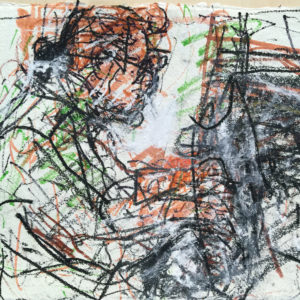
Curt Cacioppo
Curt Cacioppo's compositions synthesize and reflect multiple dimensions of his musical and humanistic experience. Like his mentor Leon Kirchner, and other composer/performers such as Frederic Rzewski and George Walker, he is a formidable pianist, fully grounded in the traditional solo, ensemble, and concerto literature, and avidly involved with new repertoire.
